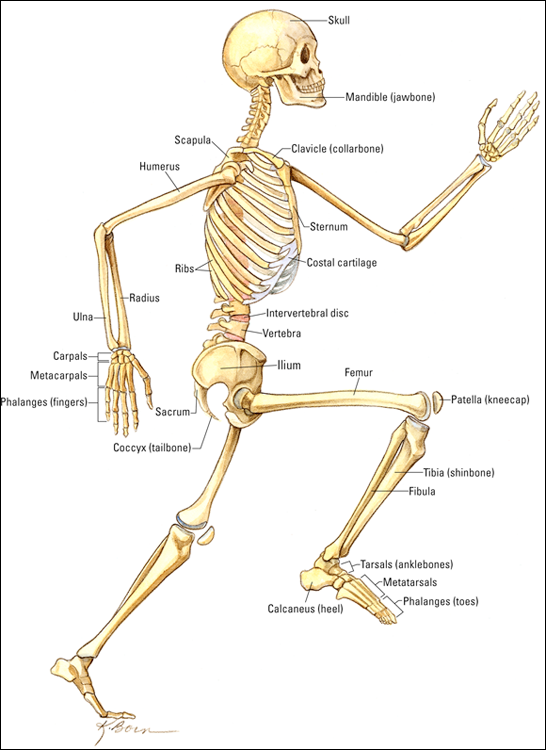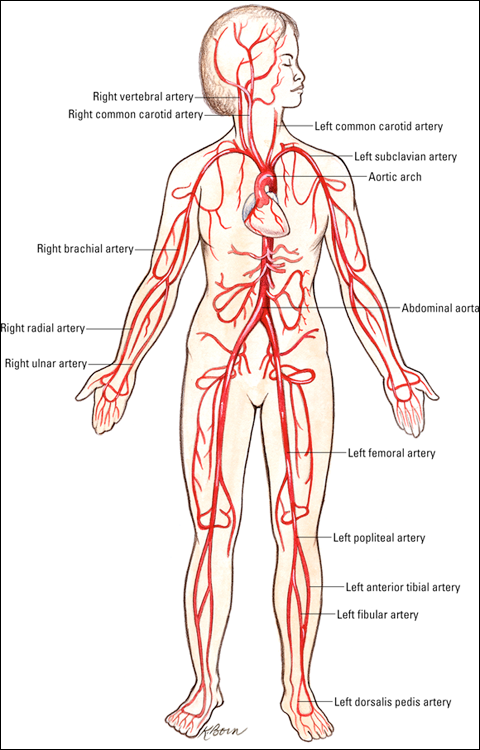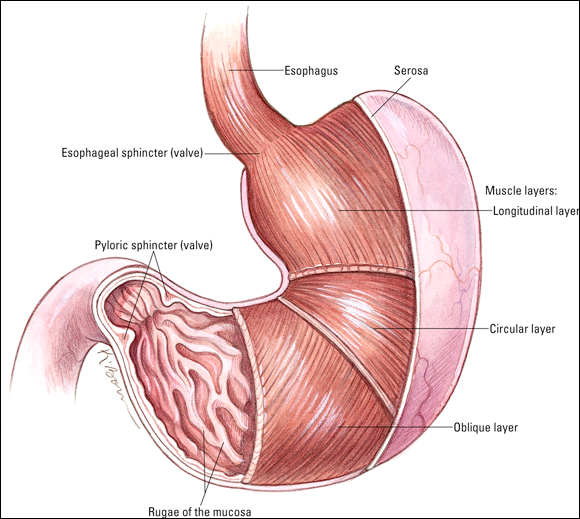Skin (Cross Section)

ILLUSTRATION BY KATHRYN BORN, MA
The skin’s many layers protect the body from the environment. See Chapter 4.

ILLUSTRATION BY KATHRYN BORN, MA
The skin’s many layers protect the body from the environment. See Chapter 4.

ILLUSTRATION BY KATHRYN BORN, MA
The skeleton comprises the bones and the joints that connect them. See Chapter 5.

ILLUSTRATION BY KATHRYN BORN, MA
The muscular system works with the skeletal and nervous systems to move the body both spatially and internally. See Chapter 6.

ILLUSTRATION BY KATHRYN BORN, MA
The nervous system comprises the central nervous system and the peripheral nervous system. See Chapter 7.

ILLUSTRATION BY KATHRYN BORN, MA
Endocrine glands produce hormones that are distributed throughout the body in the blood. See Chapter 8.

ILLUSTRATION BY KATHRYN BORN, MA
Effective blood circulation depends on the functioning of the heart’s interior structure and its outer muscular layers. See Chapter 9.

ILLUSTRATION BY KATHRYN BORN, MA
The arteries carry oxygenated blood from the heart to all parts of the body. Deoxygenated blood returns to the heart via the veins (not shown). See Chapter 9.

ILLUSTRATION BY KATHRYN BORN, MA
Contraction and release of the diaphragm alternately decreases and increases air pressure in the lungs. Air is drawn in and expelled through the airway. See Chapter 10.

ILLUSTRATION BY KATHRYN BORN, MA
The pulmonary capillary is the specific site of gas exchange. See Chapter 10.

ILLUSTRATION BY KATHRYN BORN, MA
The transformation of food into physiologically available nutrients involves the participation of many organs. See Chapter 11.

ILLUSTRATION BY KATHRYN BORN, MA
The stomach’s tissue layers are a variation on a pattern that repeats all along the digestive tract: connective tissue, smooth muscle layers, and mucosa. See Chapter 11.

ILLUSTRATION BY KATHRYN BORN, MA
The urinary system is specialized for the elimination of wastes and toxins. Its most complex organ, the kidney, also performs many other high-level homeostatic functions. See Chapter 12.

ILLUSTRATION BY KATHRYN BORN, MA
The kidney is specialized for chemical processing, distribution, and disposal. The nephron is the kidney’s filtering unit. See Chapter 12.

ILLUSTRATION BY KATHRYN BORN, MA
The lymphatic system forms the infrastructure of the body’s immune surveillance system. See Chapter 13.

ILLUSTRATION BY KATHRYN BORN, MA
Female and male reproductive anatomy are complementary to fulfilling the evolutionary imperative of reproduction with variation. See Chapter 14.

ILLUSTRATION BY KATHRYN BORN, MA
Rapid growth and differentiation in the fetus are fueled through the placenta. See Chapter 15.